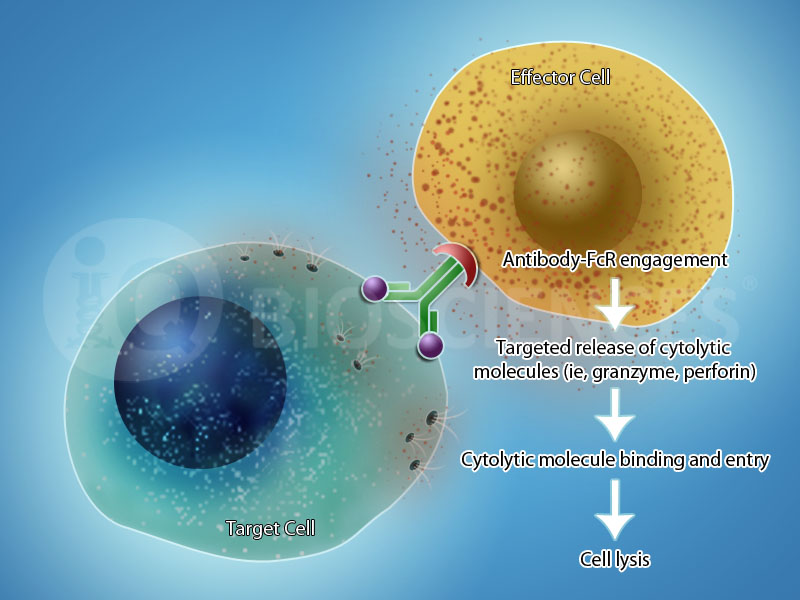Serious Monkey Business: A Short Take on Cynomolgus Monkeys in Research
What are cynomolgus monkeys? Cynomolgus monkeys (Macaca fascicularis), also known as the long-tailed or crab-eating macaque, are non-human primates (NHP) commonly used in biomedical research. There are 10 subspecies of these macaques and they are found predominantly in southeast Asia. The cynomolgus monkeys are typically 15-22 inches long, and the females weigh between 7-13 pounds, while males can weigh between 11-20 pounds. Why use cynomolgus monkeys and how are they used in biomedical research? Cynomolgus monkeys are frequently used in biomedical research because researchers believe these monkeys are the ideal models due to the 90-93% genetic similarity to and recent [...]


